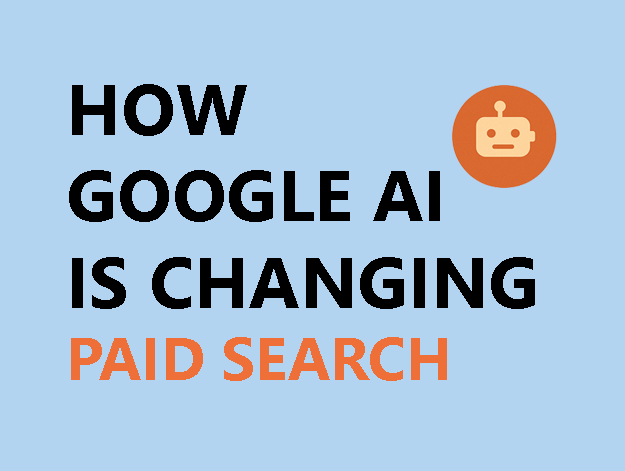In 2025, artificial intelligence is no longer a Google Ads feature — it’s the foundation. From campaign targeting to creative generation and bidding optimisation, AI has re-engineered how paid media operates.
For New Zealand and Australian advertisers, the shift is both empowering and disruptive. AI has democratised performance marketing, but it’s also blurred the lines between strategy, automation, and accountability.
This article breaks down how AI is truly changing paid search — not just in function, but in philosophy — and what savvy marketers must do to stay competitive.
The Rise of Predictive Advertising
At the heart of Google’s AI push is predictive modelling. Campaigns are now guided by behavioural signals, historical data, and machine learning models designed to anticipate user intent. In other words, your ads are shown not just based on keywords, but on what Google believes someone is about to do.
For NZ and AU marketers, this means traditional keyword management is taking a backseat. AI now dictates much of the when, where, and why of ad delivery — and that demands a strategic shift in how we structure and interpret campaigns.
From Data-Driven to Data-Defined
One of the most significant changes is how audience targeting works. Previously, advertisers selected demographics and behaviours. Now, you’re asked to provide ‘signals’ — and the AI takes over.
If your CRM data is thin or conversion tracking is inaccurate, you’re feeding the machine poor training data. This is especially risky in smaller markets like NZ, where volume is limited and every signal counts.
The shift to data-defined targeting makes first-party data collection, consent management, and backend integration mission-critical.
Creative Has Become Code
Google’s AI not only chooses where ads appear — it now decides what they say. Responsive Search Ads (RSAs), Dynamic Display, and Performance Max all use AI to assemble headlines, descriptions, and assets in real time.
This means creative input must now be modular, testable, and aligned with intent signals. Lazy ad copy equals wasted budget. Brands that invest in conversion-oriented, AI-friendly creative (short, persuasive, data-backed) are seeing significant uplift in CTR and ROAS.
A Sydney-based tech SaaS saw a 28% jump in qualified lead conversions by rewriting RSAs around user intent rather than product features.
Control vs Performance: The New Trade-off
The biggest challenge NZ/AU advertisers now face is control. Google’s AI won’t tell you which keywords triggered your ad in many cases. It won’t explain why spend spiked, or why quality dropped. You’re trusting the algorithm.
For performance-driven marketers, this is a hard pill to swallow. Yet, resisting automation often leads to underperformance. The answer? Balance automation with strong structural inputs — feed the system good data, great creative, and clear goals.
Set rules, but let the machine run the race.
What Smart NZ/AU Advertisers Are Doing Differently
- Building intent-based creative libraries, segmented by funnel stage and persona
- Using Customer Match with real sales data, not just email opens or lead forms
- Applying negative keyword lists globally, not just in individual campaigns
- Auditing AI decisions weekly, and building reports that combine platform data with internal sales metrics
- Running split campaigns (e.g. Search vs. PMax) for benchmarking and control
AI in Action – Auckland Retail Example
An Auckland-based fashion retailer moved 80% of its spend to Performance Max in Q1 2025. After importing Customer Match segments and uploading a new library of lifestyle creatives, the brand saw a 35% increase in in-store visits and a 2.9x ROAS online within 45 days.
But when product feed errors slipped through and search exclusions were not properly implemented, that same campaign triggered ads for irrelevant searches, causing CPCs to rise by 42%.
Lesson: The machine is powerful — but only as good as the data and structure you provide.
Final Word
AI has changed paid search forever — not by replacing marketers, but by redefining their role. In 2025, your job isn’t to micromanage. It’s to architect campaigns that work hand-in-hand with AI systems. That means better data, sharper creative, and proactive strategy.
For Kiwi and Aussie brands, embracing this shift is no longer optional. It’s the new baseline for competitive growth.
At Metrics Media, we help NZ and AU advertisers leverage AI to not just compete — but lead. Whether you’re struggling with Performance Max, creative strategy, or attribution modelling, we can help.
Email us at info@metricsmedia.co.nz to schedule a free AI-readiness audit tailored to your business goals.



